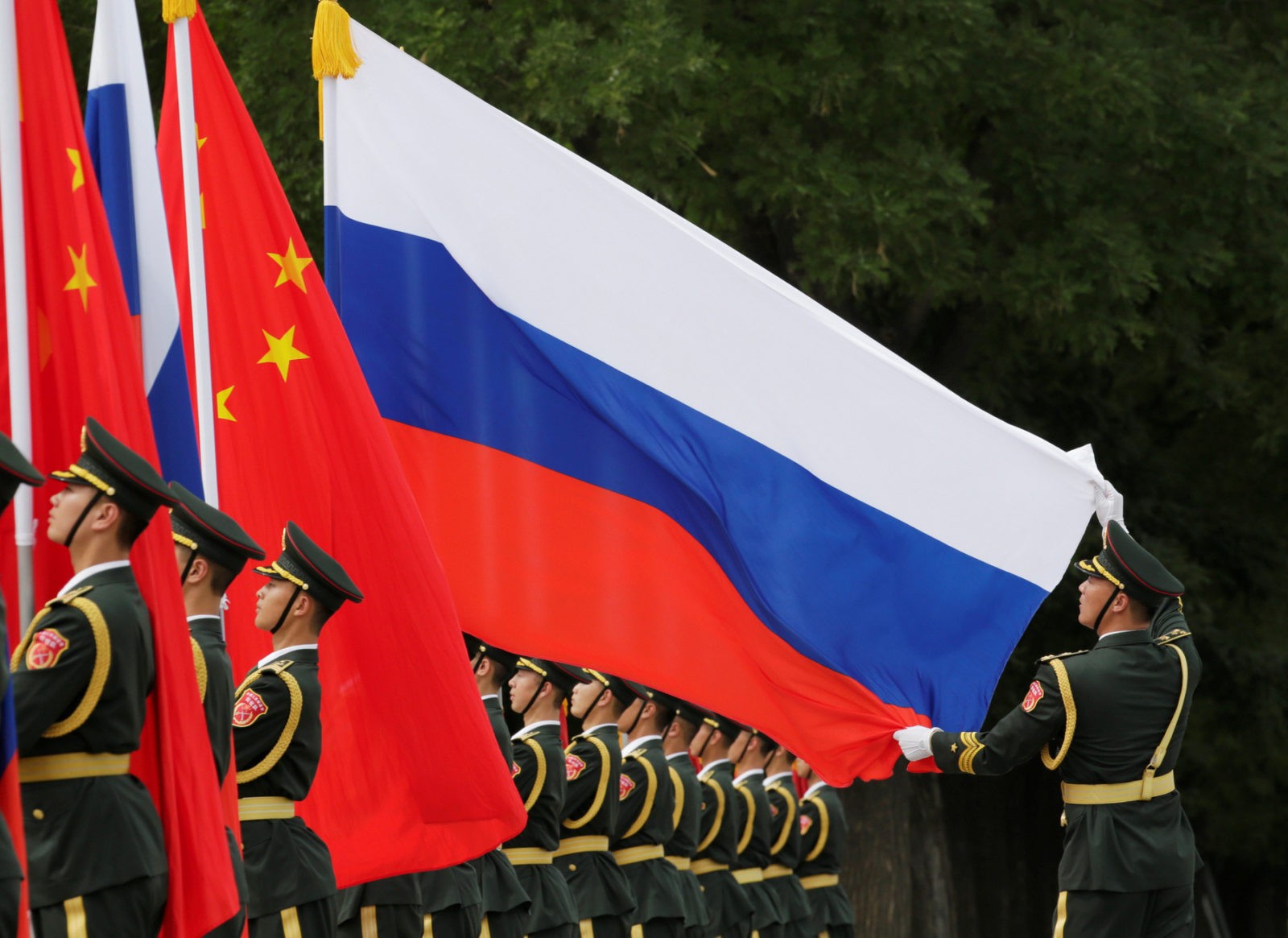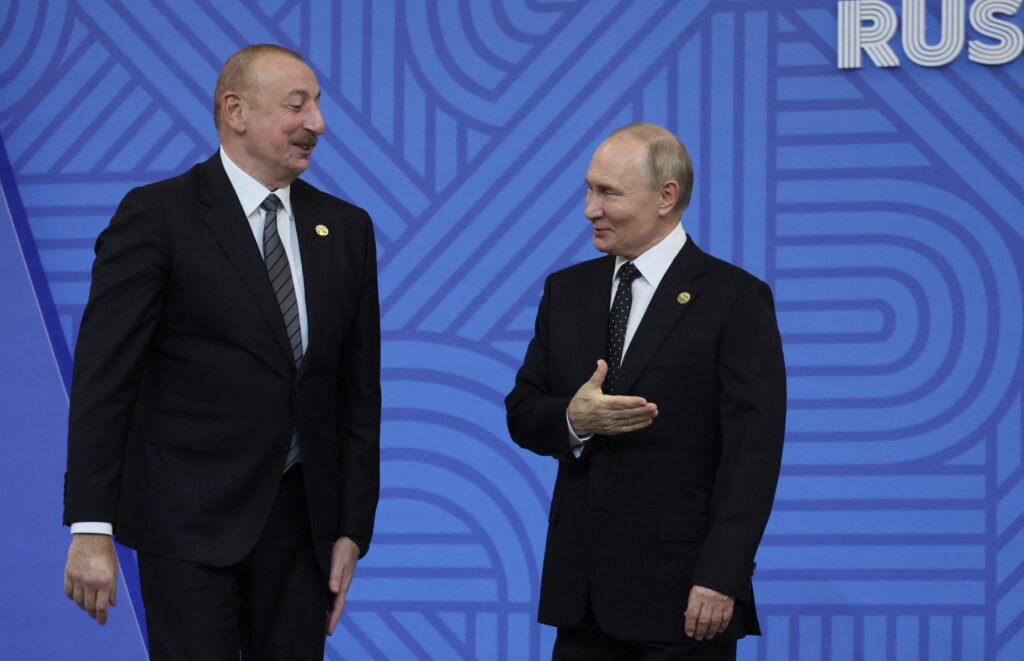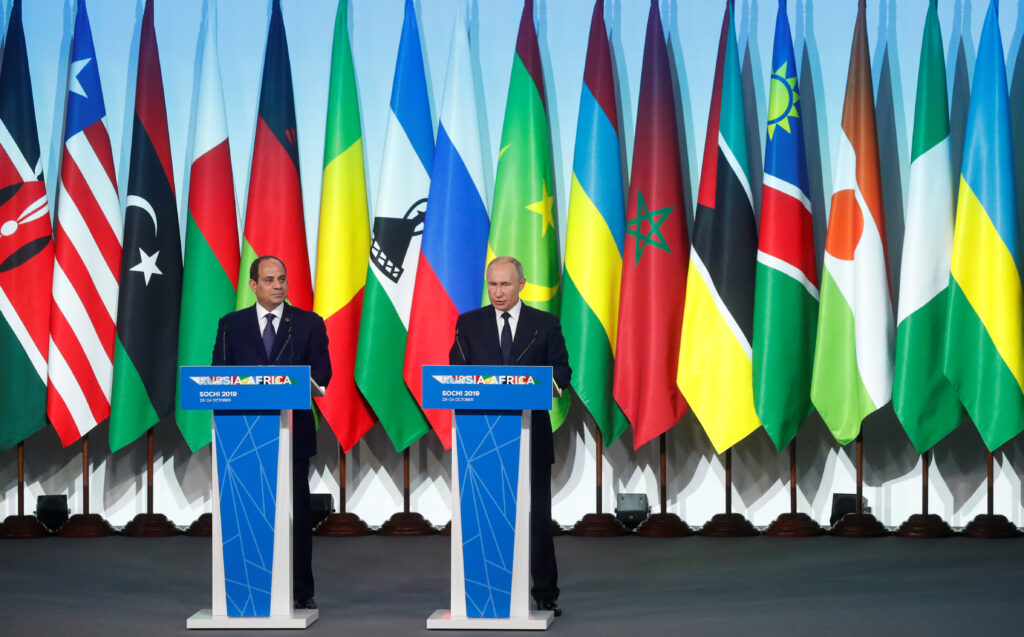At a recent gathering in October Vladimir Putin announced that Russia has been helping China develop its own ballistic missile early warning system. From a technical point of view, this development is not especially significant, improved early warning only serves to benefit crisis stability between the major nuclear powers. The relevance lies in the underlying political decision, Russia is willing to collaborate on technology related to strategic nuclear arsenals, which is an important step forward in the kind of technical assistance it is willing to offer the Chinese. Kremlin spokespersons are keen to emphasize the special nature of Russia’s relationship with China, particularly when it comes to military ties and defense cooperation. Russian senior officials have increasingly characterized their ties in terms of a strategic partnership, or a ‘strategic alliance.’ An intensifying regimen of military exercises, military consultations, and codified frameworks for military cooperation substantiates some of these claims. Indeed, there’s plenty of evidence to suggest a growing military alignment between the two countries. However, the proposition of a Sino-Russian alliance remains a difficult and analytically divisive question, one that has steadily increased in significance for U.S. policy considerations.
Unfortunately most discussions on Russian-Chinese relations teeter between being dismissive, or overly eager to accept the proposition that an alliance is in the offing. Everything is possible, and much in history is contingent, but asking whether or not it is an alliance at this stage is the wrong question. States have many forms of political and militarily meaningful cooperation that do not rise to the level of a formal alliance. There are alignments, ententes which constitute informal understandings, secret pacts, and more formal treaty agreements which are less common. The United States has numerous such relationships, ranging from NATO-like treaty obligations to ambiguous allied relationships that are not governed by a written commitment. The absence of an alliance does not confer a relationship without genuine significance for American foreign policy. No less important is the need to consider what kind of an alignment the two states might form, and to what end?
The Sino-Russian relationship is emergent. It is clear that Moscow is set on closer ties with China as its best viable strategic alternative given the current confrontation with the United States. Incidentally, empowering America’s principal competitor is not a bad stratagem. Today this is a political alignment on a trajectory to become an entente, though not a formal alliance, or a military alliance in the classical sense. The current state of relations is de facto a non-aggression pact, which Russia hopes to translate into a partnership premised on mutual economic and technical assistance. As an alignment it passes the first test, Russia and China stay away from contesting each other’s core interests or supporting adversaries in key contests. Moscow has managed to make progress here in the defense and technical sphere but has walked away disappointed on economic cooperation or regional integration.
More significant is the long road the two countries have travelled to undo the legacy of confrontation, conflict, and competition for leadership of the communist block between the Soviet Union and China during the Cold War. Starting with Gorbachev in the late 1980s, Russian leaders have worked diligently to repair the Sino-Soviet schism from the 1950s. Agreements made between 1991 and 1998 served to demarcate and demilitarize the border. The last remaining territorial disputes, which plagued Sino-Soviet relations, were resolved in 2008. Boris Yeltsin and Vladimir Putin pursued a policy of rapprochement, addressing territorial and military concerns that engendered these establishments to see each other as potential threats. No less interesting is the fact that increased military cooperation has not been tied to arms sales. Defense ties continued to improve over the last two decades while the Chinese share of the Russian arms export market dwindled, which can be seen in Vasily Kashin’s extensive work on the subject. The relationship is driven politically from the top down, rather than the product of interdependence, increased trade, or defense exports.
Following numerous bilateral and multilateral military exercises, Moscow has steadily pushed for more formalized ties. In 2017 the two countries agreed on a three year road map to establish a legal framework to govern military cooperation, which enhances the early 1993 agreement. Currently the two are negotiating an agreement that will further deepen defense ties, including provisions for joint long rang aviation patrols. The deal is expected to be penned in early 2020. Most observers are aware of growing Chinese participation in Russian strategic command-staff exercises, or strategic maneuvers, including Vostok-2018 and Tsentr-2019. A joint Russian-Chinese bomber patrol in July 2019 demonstrated that Moscow is increasingly willing to aggravate others in the Asia-Pacific region for the pursuit of closer ties with China. In military relations the trend line is rather clear.
These exercises do not reflect a desire to increase interoperability, or tactical level cooperation, so much as operational or strategic deconfliction, while setting the tone for military to military ties at the highest echelons. One can make a formidable list of Russian exercises, drills, or consultations with China, but good analysis is born of determining what matters and why, not serial thinking. Russia calls this a ‘strategic alliance’ precisely because a military alliance is a nonsensical proposition. The problem for any prospective military alliance between the two states is that China is revisionist in the Asia-Pacific region, where Russia is a status quo power, and the inverse is true in Europe. They do not require each other for security guarantees or extended nuclear deterrence, hence there is no basis for a military alliance.
Ironically, the symmetry between these two powers in terms of military capability and status means there is no demonstrable need for them to ally. Making purposeless alliances, or expanding them with militarily incapable members, is generally the business of ideologically driven powers; neither Russia or China appear to be in that business today. The asymmetry in economic power is largely irrelevant. Alliances are rarely found to be between equals, because very few powers are proximate in military or economic power, someone is usually the junior partner. What’s important is whether countries treat each other as equals even when they are not, which appears to be the case in Sino-Russian relations.
For Washington, the good news and the bad news is that Moscow and Beijing are ‘allied’ in a notionally strategic sense, contesting U.S. dominance in the international system, and challenging American attempts to retain primacy in their respective regions. Indeed, this is why Russian leaders call it a ‘strategic alliance’ while eschewing references to a military one. The United States has responded by committing to a confrontation with both countries, grouping them as great power competitors, at least officially. In practice Washington sees China as the primary strategic adversary while hoping that Russia will go away (somewhere) later in the 2020s to make that contest easier. Undoubtedly the U.S. has served as a catalyst in China’s increasingly positive response to Russian overtures. After all, it is not the only but certainly the most important thing Russia and China agree on.
The coming alignment is not one of convenience. Great powers do not see alliances as convenient, but rather as impositions on sovereignty, restrictions on foreign policy, and ultimately liabilities. Hence, their alignment is principally a balancing one against U.S. efforts to retain primacy in international politics, and stated intent to pursue military superiority against both countries in their respective regions. Sino-Russian cooperation is also not born of desperation. China failed to capitalize on Russia’s dire financial situation in 2014-2015, whereas today Moscow is far more confident that it can handle American pressure in the medium to long term and far less needy. Early Russian attempts to see if China might come to the rescue were met with disappointment, tempering expectations, and arguably leading to more realistic policy formulation.
The United States eyes the emerging Sino-Russian entente with wariness. Right now the prevailing attitude in Washington is dismissive because this alignment is inconvenient for a host of policy preferences. Much of it rests on the hope that any alignment won’t last. Hope, however, is not a plan. This means that inevitably in a few years time there will be a political overcorrection. At this stage it is too early to declare where the limits of Russian-Chinese partnership will be and similarly ill-advised to jump on the bandwagon of declaring a new alliance in the offing. The alignment, as it stands, is principally a balancing one against the United States. Defense cooperation forms one of the pillars of this ‘strategic partnership,’ but is not meant to be a cornerstone of a military alliance. However, it already bears important military considerations.
Firstly, the U.S. must consider the prospect of a two theater conflict where one power pursues opportunistic gains while the United States is otherwise engaged elsewhere. The potential for Russia to interfere, contribute costs, or seek to extract concessions in any crisis U.S.-China is another contingency. Finally, collaboration between these countries will reduce the efficacy of American economic and political pressure over time, strengthening their resolve in what promises to be a sustained rivalry. If Russia and China grow confident that they have secured their strategic rear, achieving relative alignment in opposition to the United States, they are that much more able to concentrate resources towards their respective regional contests.










